Tips and Tricks from Our Dermatologists to Stay Poison-Ivy-Rash Free
Common Myths About Poison Ivy Rash Debunked
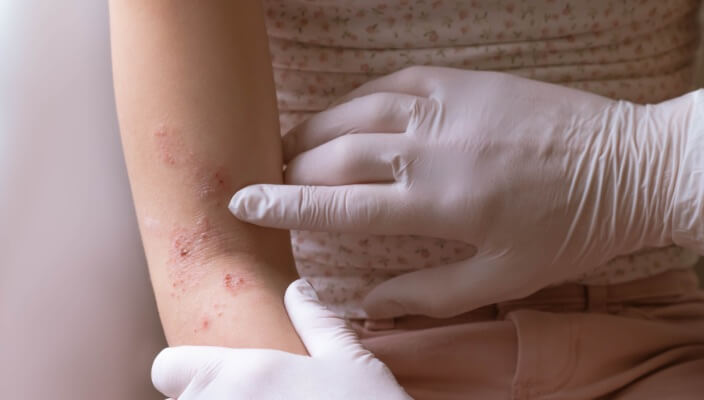 Coming in contact with a poison ivy plant is a fear of many, especially those who enjoy spending time in the wilderness and consider themselves to be outdoor enthusiasts. However, anytime you're in an environment where poison ivy may be present, it's important to understand the myths surrounding the plant to alleviate unwarranted fears and anxieties. The more familiar you are with common myths about poison ivy that have been debunked, the easier it will be for you to enjoy your surroundings anytime you're hiking or exploring everything nature has to offer.
Coming in contact with a poison ivy plant is a fear of many, especially those who enjoy spending time in the wilderness and consider themselves to be outdoor enthusiasts. However, anytime you're in an environment where poison ivy may be present, it's important to understand the myths surrounding the plant to alleviate unwarranted fears and anxieties. The more familiar you are with common myths about poison ivy that have been debunked, the easier it will be for you to enjoy your surroundings anytime you're hiking or exploring everything nature has to offer.
Poison Ivy Examples
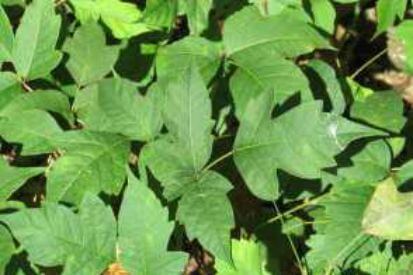
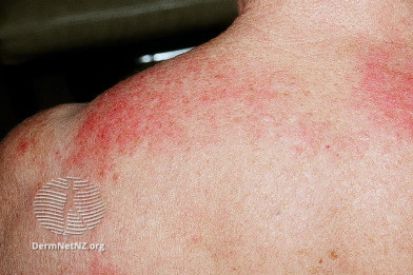
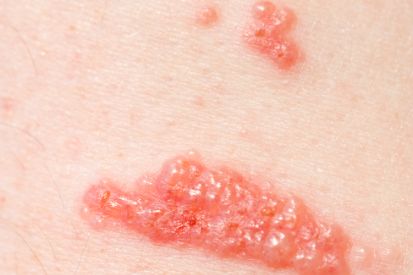
Myth 1: Poison Ivy Spreads in the Air
Myth 2: Scratching Poison Ivy Rashes Will Cause Them to Spread
Myth 3: Poison Ivy Rashes Are Contagious
Myth 4: Poison Ivy Only Causes Rashes in the Summer
Unfortunately, this is simply not true. During the wintertime, the poison ivy plant is typically dormant, but the urushiol oil within the plant's leaves is still present. Most of the time, urushiol oil is active on the roots and stems of a poison ivy plant, which can still be touched and spread, even during the coldest months of the year.
Myth 5: Using Homemade Remedies Can Eliminate a Poison Ivy Rash
Using homemade remedies containing vinegar, bleach, or other items can cause more harm than good. These solutions may cause additional irritation and blistering to the skin. While warm water and antibacterial soap may help provide some relief, it's often best to turn to a professional dermatologist to reduce inflammation and eliminate the rash entirely.
Schedule an Appointment with Pinnacle Dermatology
Understanding the truths about poison ivy and dispelling the myths is essential for anyone who loves spending time outdoors. By debunking these common misconceptions, you can enjoy nature with greater confidence and peace of mind. However, if you find yourself struggling with a persistent rash or have concerns about your skin health, it's always best to seek professional help. Pinnacle Dermatology is here to provide expert care and personalized treatment plans tailored to your needs. Don't let the fear of poison ivy hinder your outdoor adventures. Schedule an appointment with Pinnacle Dermatology today, and let us help you keep your skin healthy and rash-free, so you can continue to explore and enjoy the great outdoors without worry.
Featured Blogs
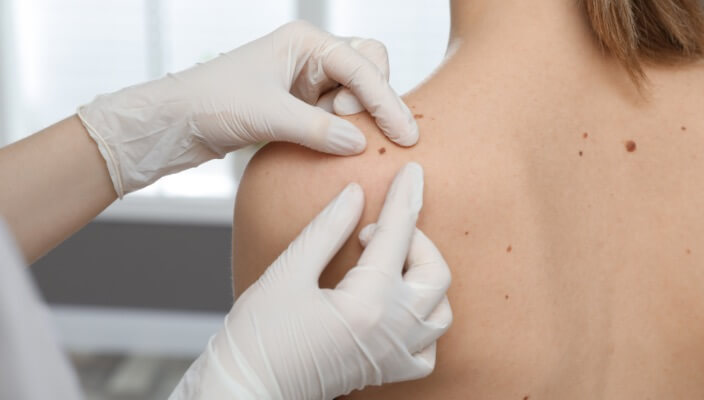
- Skin Cancer
- General Dermatology
- Skin Exams
Your skin is your largest organ and its first line of defense. Learn more about why a skin exam should be a part of your wellness routine.
Read More
- General Dermatology
- Sun Safety
- Chronic Skin Conditions
Debunking myths about actinic keratosis: Learn the truth about the causes, treatments, and prevention of this common sun-related skin condition.
Read More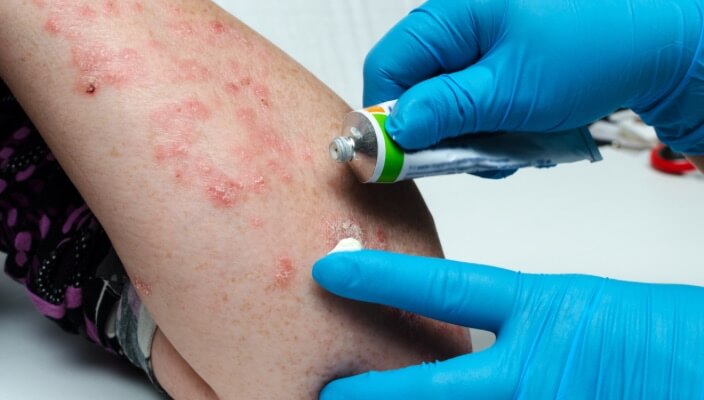
- General Dermatology
- Sun Safety
- Chronic Skin Conditions
Learn dermatologist tips to prevent poison ivy rashes for outdoor enthusiasts. Learn how to identify, avoid, and treat poison ivy effectively.
Read More


